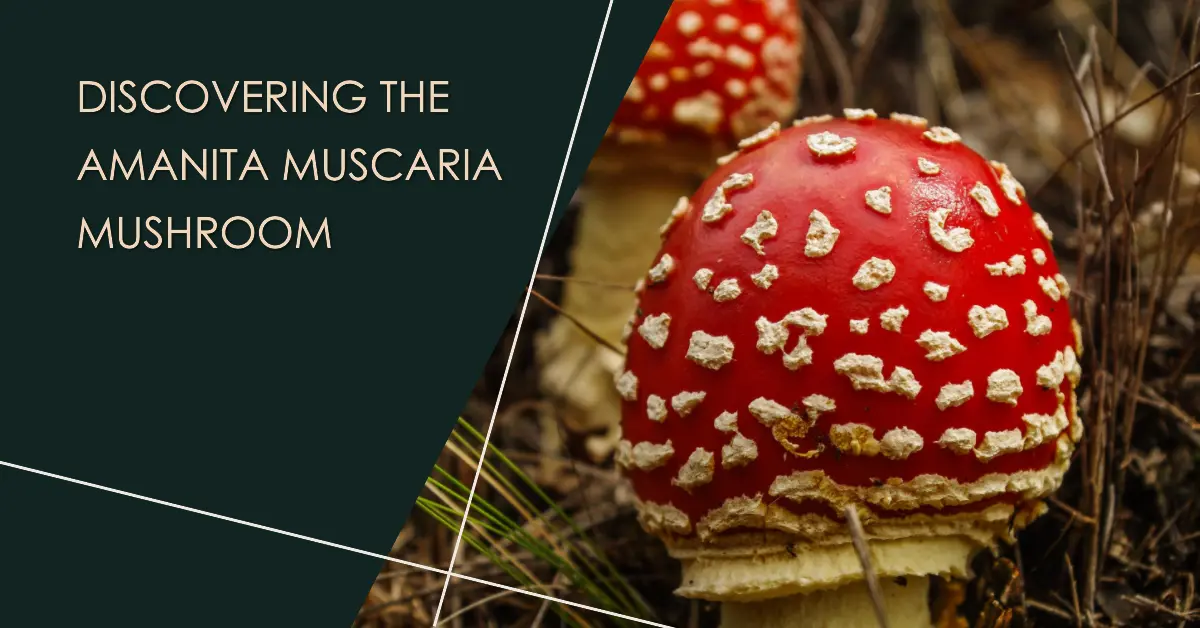Introduction
Brief Overview of Amanita Muscaria
As you venture into the captivating world of mycology, the study of fungi, you’ll encounter a plethora of fascinating species. Among them, one stands out in particular with its flamboyant appearance and rich cultural history — Amanita muscaria, commonly known as the Fly Agaric mushroom.
Sprouting throughout the northern hemisphere, including regions like Britain, Ireland, mainland Europe, Asia, the USA, and Canada, this mushroom has been a familiar sight for many. The Fly Agaric, with its bright red cap speckled with white spots and white gills, has the ability to grow impressively large, reaching up to 20 cm across and 30 cm tall.
It has also become wildly popular and is taking over the market in it’s new form, the amanita mushroom gummies.
Importance of Understanding Amanita Muscaria in the Context of Mushroom Identification
Given its common occurrence and its potential for being mistaken for other species, understanding Amanita muscaria is crucial in the realm of mushroom identification. Recognizing the features of this mushroom can help you distinguish it from its kin and prevent misidentification — a skill particularly valuable for amateur mycologists and mushroom foragers.
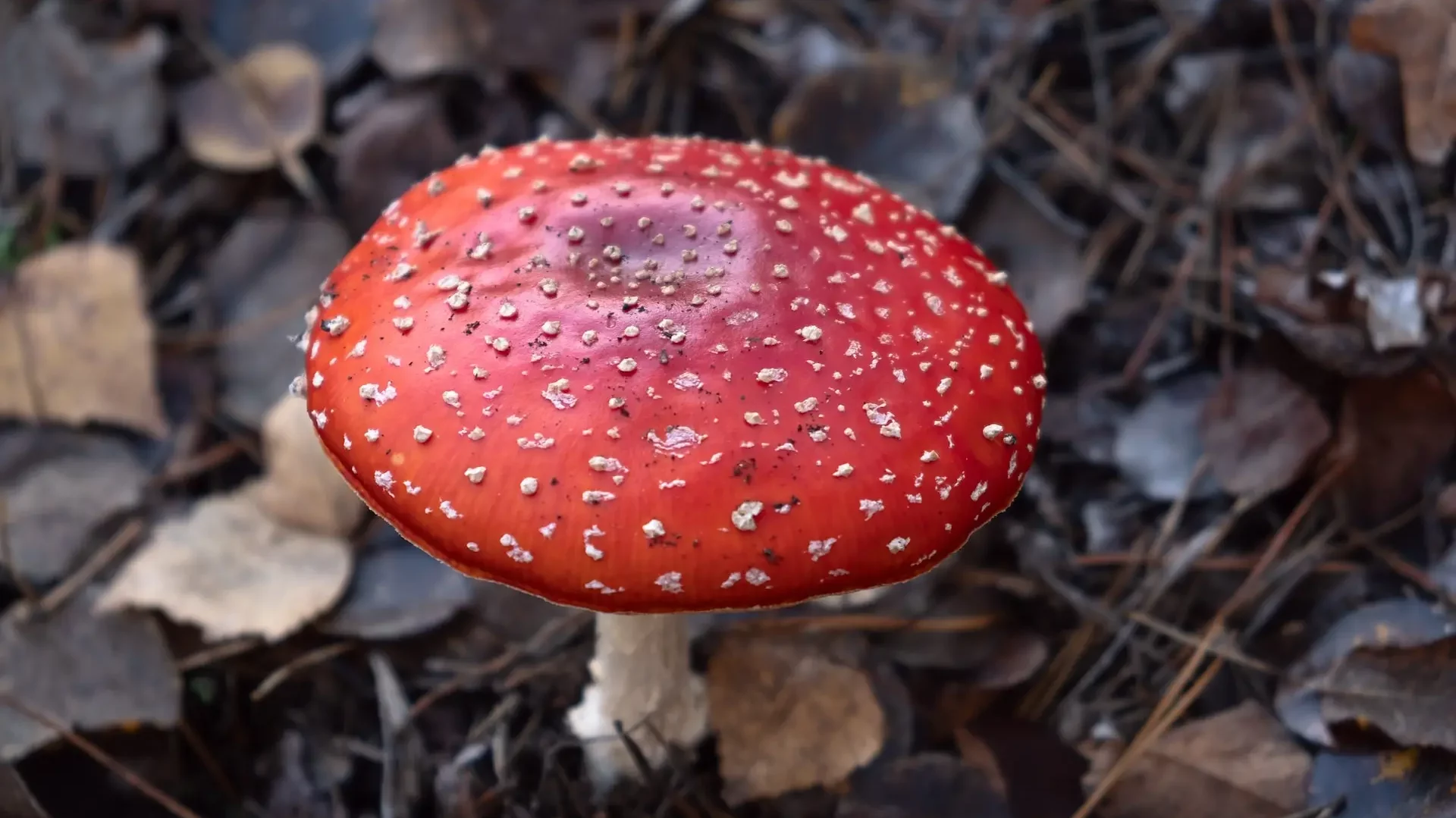
Digging out your specimens from the ground with a pocket knife, you’ll find that Amanita identification often begins with the base of the stem. The shape of the stem base and the presence or absence of a stem ring are critical identifiers. To hasten the identification process, take note of the types of trees growing nearby when you find an Amanita-like mushroom.
Taxonomy and Identification
Explanation of the Taxonomy
Belonging to the family Amanitaceae, the genus Amanita is characterized by usually white, free to subfree gills, a white spore print, and the presence of a universal veil that leaves a ring or volva on the stem or base of the mushroom. Amanita muscaria is the type species of the genus and also of Amanita subgenus Amanita, as well as section Amanita within this subgenus. Amanita subgenus Amanita includes all Amanita with inamyloid spores, while Amanita section Amanita includes species with patchy universal veil remnants, including a volva that is reduced to a series of concentric rings, and veil remnants on the cap to a series of patches or warts.
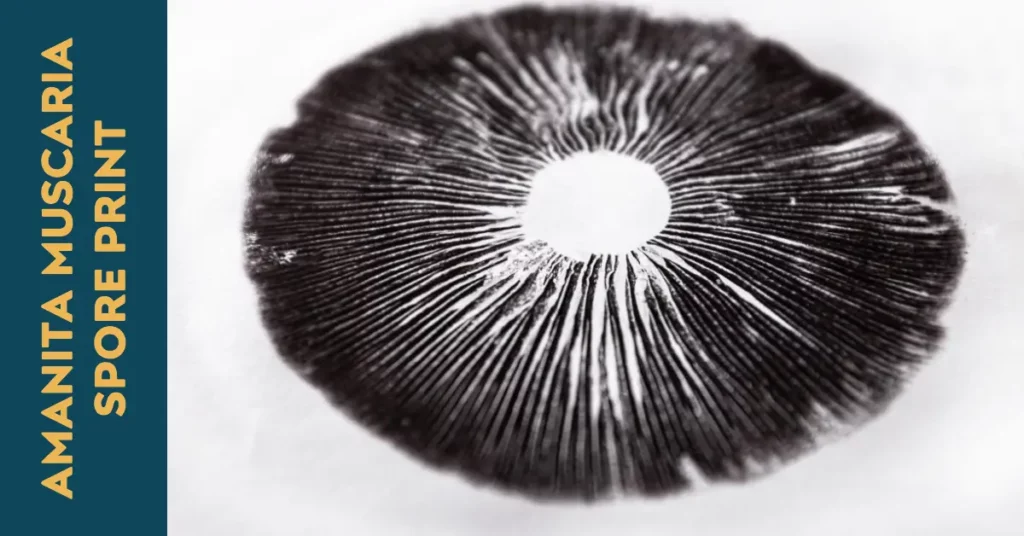
Detailed Description of Amanita Muscaria for Identification
Amanita muscaria, or the fly agaric, is easy to spot with its bright red cap that spans from 5 to 20 cm in diameter. The cap is adorned with white spots or patches, remnants of the universal veil that once swaddled the young mushroom. The stem, reaching up to 20 cm tall and measuring 2-3 cm thick, is white with a bulbous base. This base is covered in white warts or patches, which can sometimes adopt a yellowish hue, particularly in the mushroom’s youth. The gills of the mushroom are white and free from the stem, and its spore print is also white.
Comparison with Related Species
Amanita muscaria shares close ties with other species in section Amanita, including Amanita pantherina (the panther cap), Amanita gemmata, Amanita farinosa, and Amanita xanthocephala. However, each has distinct characteristics. The panther cap, Amanita pantherina, bears a resemblance to Amanita muscaria but differs with its brown cap and more bulbous base with a distinct collar-like ring. Amanita caesarea, also known as Caesar’s mushroom, sports a bright orange-red cap and a yellow stem, and is native to southern Europe and North Africa. Amanita subgenus Amanita distinguishes itself from other Amanita subgenera with its inamyloid spores.
How to Take a Spore Print
An important tool in identifying mushrooms, taking a spore print can be done by cutting off the stem of the mushroom and placing the cap, gills facing down, on a piece of paper or glass. Covering the cap with a bowl or jar can prevent air currents from disturbing the spores. After leaving it for several hours or overnight, the spores will fall onto the paper or glass, leaving a pattern, the color of which can range from white to black or brown depending on the species.
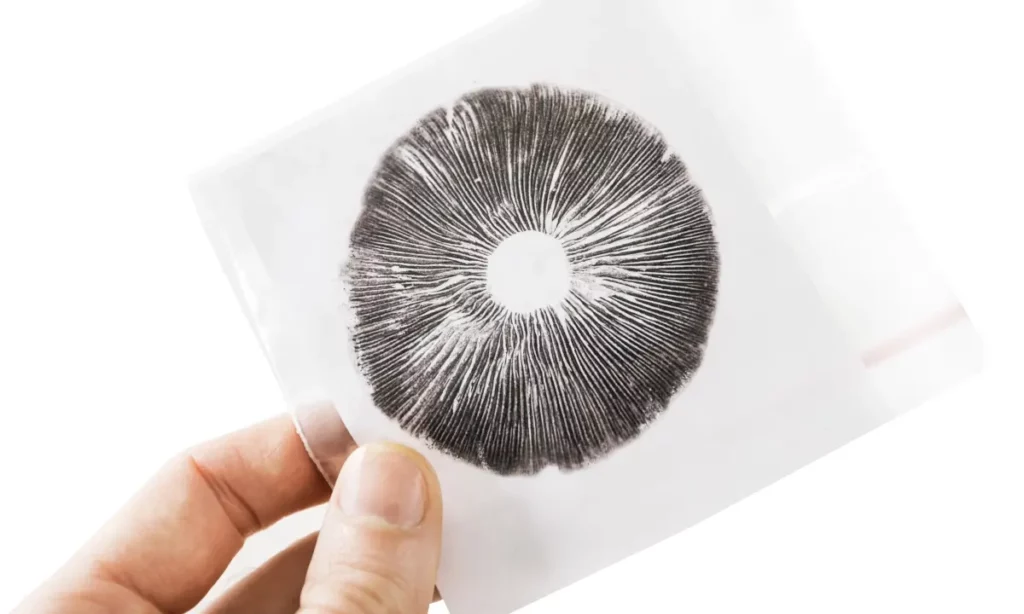
Habitat and Distribution
Habitats of Amanita Muscaria
Amanita Muscaria is a cosmopolitan mushroom that is native to conifer and decidaceous woodlands throughout the temperate and boreal regions of the Northern Hemisphere. You can also find it in higher elevations of warmer latitudes in regions such as the Hindu Kush, the Mediterranean, and Central America. This mushroom has the intriguing habit of recurring in the same place for several years. In regions like New Zealand, Tasmania, and Australia, the Fly Agaric is an introduced species and there are concerns that it may be spreading at the expense of native fungal species.
Explanation of How the Mushroom Grows
Amanita Muscaria grows from an underground network of cells called mycelium, which absorbs nutrients from the soil. The mushroom grows in symbiosis with birch, pine, and fir. As the mushroom matures, it is swathed by a universal veil which eventually ruptures to form a partial veil. The cap of the mushroom, initially covered with white warts, shows more of its cap color as the warts become more widely distributed with the cap’s expansion. The margin of the cap is striate. The close white gills, not attached to the stem, turn pale yellow as the fruit body matures. The stem of the mushroom is 10 to 25 cm long and 1.5 to 2 cm in diameter, white and ragged with a grooved, hanging white ring. The swollen stem base is covered with scales, often in concentric rings. The spore print of the mushroom is white.
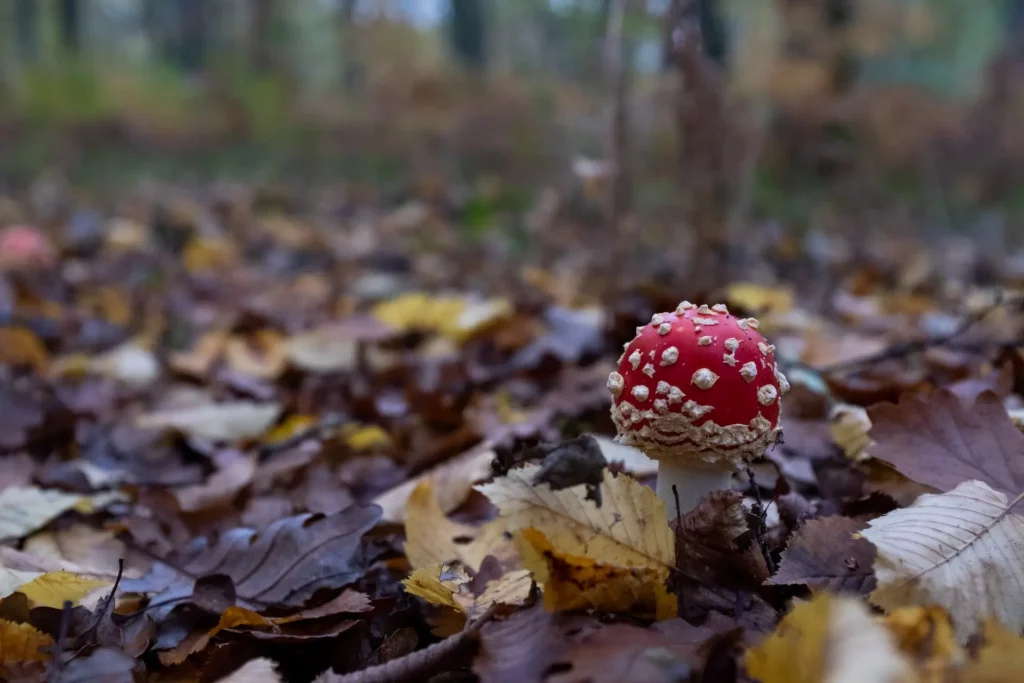
Psychoactive and Toxic Characteristics
Explanation of the Psychoactive Effects of Amanita Muscaria
Amanita Muscaria is a highly poisonous mushroom due to the presence of psychoactive alkaloids such as muscarine, ibotenic acid, and muscimol. These compounds are structurally similar to gamma-aminobutyric acid (GABA) and act as neurotransmitters in the central nervous system, stimulating glutamate receptors. The psychoactive effects of Amanita Muscaria are primarily due to muscimol and ibotenic acid.
Muscimol is a selective GABA-A receptor agonist, which means it binds to and activates GABA-A receptors in the brain, leading to sedative and hypnotic effects. These effects are similar to those of benzodiazepines, commonly used as anxiolytics and hypnotics. Ibotenic acid, on the other
hand, is a non-selective glutamate receptor agonist, contributing to its relatively powerful neurotoxic effects.
Comparison with Other Psychoactive Mushrooms
Amanita Muscaria is often compared to psilocybin mushrooms, also known as magic mushrooms, another type of psychoactive mushroom. However, the two differ significantly. Psilocybin mushrooms contain psilocybin, which is converted to psilocin in the body and acts as a serotonin receptor agonist. The effects of psilocybin mushrooms are primarily psychedelic, with users reporting altered perceptions of reality, visual hallucinations, and changes in mood and thought. In contrast, Amanita Muscaria is primarily sedative and hypnotic, with users reporting drowsiness, hallucinations, dysphoria, dizziness, and delirium.
Discussion on Mushroom Poisoning
Amanita Muscaria is highly poisonous and can cause serious illness or death if ingested in large amounts. Symptoms of Amanita Muscaria poisoning include nausea, vomiting, diarrhea, abdominal pain, sweating, flushing, drowsiness, confusion, hallucinations, and seizures. In severe cases, Amanita Muscaria poisoning can lead to respiratory depression, coma, and death.
There are many other types of poisonous mushrooms, and it can be challenging to distinguish between edible and poisonous varieties. It is critical to be cautious when foraging for mushrooms and to only consume mushrooms that have been identified as safe by an expert.
Treatment Methods for Amanita Muscaria Poisoning
In case of ingesting Amanita Muscaria or another poisonous mushroom, it is crucial to seek medical attention immediately. Treatment for mushroom poisoning may include activated charcoal, which can help absorb the toxins and prevent them from being absorbed into the bloodstream. In severe cases, hospitalization and supportive care may be necessary.
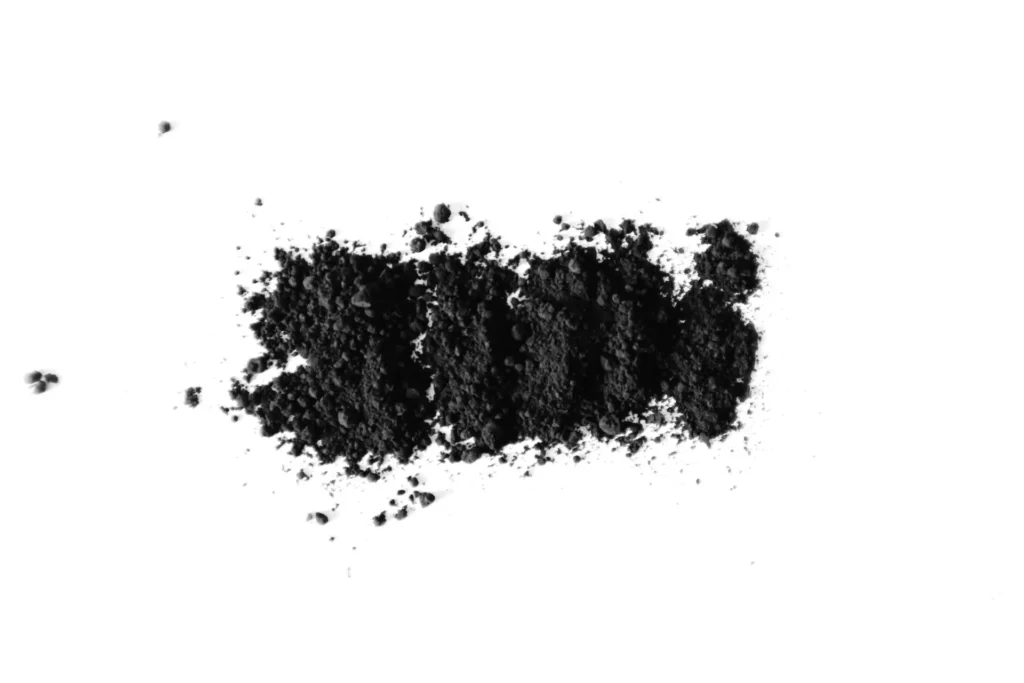
Cultural Significance
Role of Amanita Muscaria in Indigenous Cultures
Amanita muscaria, the fly agaric or fly amanita, has had varied uses in indigenous cultures throughout history:
- Siberian Shamans: The Evenki shamans consumed Amanita Muscaria to enter trance-like states, believing they could connect with the spirits and gain insight into the future. This sacred mushroom was also integral to marriage ceremonies, fertility rituals, and other communal celebrations among Siberian indigenous communities.
- Lithuanians: In remote areas of Lithuania, Amanita muscaria has been consumed at wedding feasts, in which mushrooms were mixed with vodka.
- Subarctic Native American Tribes: There are unconfirmed reports of religious use of A. muscaria among two Subarctic Native American tribes, the Ojibway and the Dogrib.
Mushroom Myth and Role in Popular Culture
The Amanita muscaria mushroom has also made its mark in popular culture and mythology:
- Santa Claus: The red and white colors of the Amanita muscaria mushroom are similar to the colors of Santa Claus’s suit. Some have suggested that the image of Santa Claus may have been influenced by the mushroom’s use in Siberian shamanic rituals.
- 19th Century: In the 19th century, the Amanita muscaria mushroom was associated with fairy tales and folklore. Victorian era paintings of fairies prominently display the Amanita muscaria. It’s possible that the mushroom that Alice can eat to change her size in Wonderland was inspired by the Amanita muscaria.
The Amanita muscaria mushroom has played a significant role in various cultures throughout history, both in indigenous practices and in popular culture.
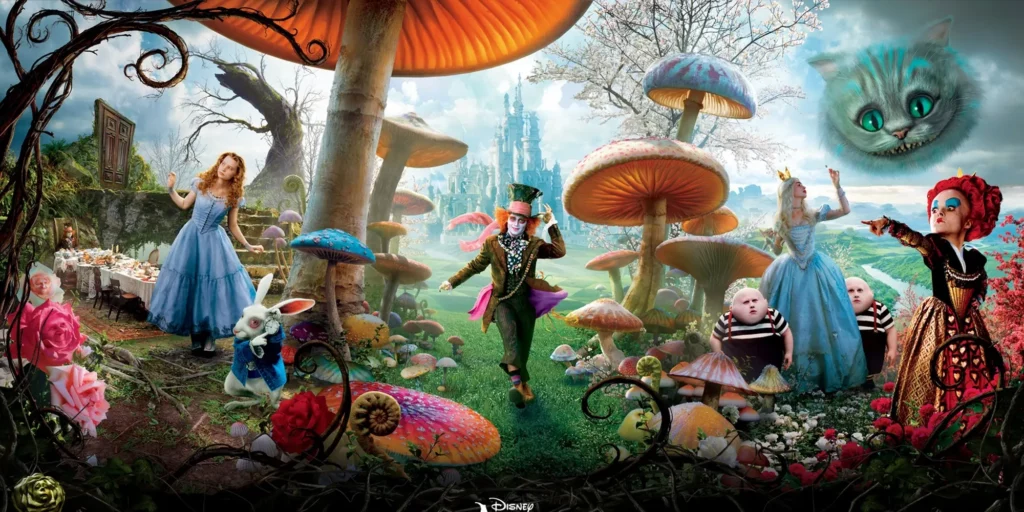
Legal Status and Controversy
Overview of the Legal Status of Psychoactive Amanita Mushrooms
- In the United States, the legal status of psychoactive Amanita mushrooms varies by state. In most states, they are legal with few exceptions. For example, in Louisiana, growing, selling, or possessing Amanita muscaria is prohibited.
- In Australia, Amanita muscaria is illegal and classified as a schedule 9 drug.
- In Sweden, Amanita muscaria is legal.
- In Romania, Amanita muscaria is illegal.
- In the Netherlands, Amanita muscaria and Amanita pantherina have been illegal to buy, sell, or possess since December 2008.
- In Ireland, Amanita muscaria was not covered under a regulation introduced in January 2006 to outlaw the sale and possession of magic mushrooms containing psilocybin.
- In Mexico, Amanita mushrooms are legal.
- In Ukraine, Amanita muscaria is not included in the list of prohibited drugs, but some species of these fungi may contain DMT, which is prohibited by law.
The legal status of psychoactive substances can change over time, and it is important to consult local laws and regulations for the most up-to-date information.
Controversy and Misconceptions about Amanita Muscaria
There are misconceptions and controversy surrounding Amanita muscaria. While it is known for its psychoactive properties, the mushroom itself and its primary active compounds (muscarine, ibotenic acid, and muscimol) are not classified as controlled substances under U.S. federal law. Louisiana classifies Amanita muscaria as a “hallucinogenic plant” and prohibits its production, manufacture, distribution, and possession. However, most state laws in the U.S. do not regulate it. Amanita muscaria is legal in 49 out of 50 states in the U.S., with Louisiana being the only state where it is banned.
While Amanita muscaria is legal in many places, it is important to exercise caution due to its potential dangers.
Recent Research and Notable Researchers
Research Findings
Several studies have explored various aspects of Amanita muscaria:
- A study conducted to determine cultural bias in field guide determinations of mushroom edibility using Amanita muscaria as an example.
- William Rubel and David Arora published a paper discussing Amanita muscaria and its use as food, which was later challenged by Debbie Viess.
- Some researchers believe that Amanita muscaria can be used as food.
Renowned Researchers
- David Arora is a well-known mycologist who has written several books on mushrooms.
Conclusion
Summary of Findings
Amanita muscaria, the fly agaric, is a mushroom with a rich history and a multitude of uses. Its flamboyant appearance makes it a standout among other fungi, while its psychoactive properties have made it a subject of interest and controversy. From
its place in indigenous cultures to its role in popular culture, this mushroom is as fascinating as it is complex. Its identification, habitat, psychoactive properties, and cultural significance are all aspects that contribute to the intrigue surrounding this species. Furthermore, it plays a role in the ecosystem, forming symbiotic relationships with trees and helping to nourish the soil.
Implications of the Research
The research into Amanita muscaria helps us understand more about the world of fungi and their role in our lives. With the potential uses of fungi being explored in various fields such as medicine, it is imperative to understand these species in greater detail. Research on Amanita muscaria not only provides insights into its identification and characteristics but also sheds light on its potential applications in cultural practices, psychoactive substances, and its importance in biodiversity.
Frequently Asked Questions
- Q: What does Amanita muscaria look like?
A: Amanita muscaria is a distinct mushroom with a bright red cap that is speckled with white spots. The stem is white and has a bulbous base. - Q: Where can I find Amanita muscaria?
A: Amanita muscaria is native to conifer and deciduous woodlands throughout the temperate and boreal regions of the Northern Hemisphere. You can also find it in higher elevations of warmer latitudes. - Q: Is Amanita muscaria poisonous?
A: Yes, Amanita muscaria is a poisonous mushroom due to the presence of psychoactive alkaloids such as muscarine, ibotenic acid, and muscimol. - Q: What are the effects of eating Amanita muscaria?
A: Eating Amanita muscaria can cause drowsiness, hallucinations, dysphoria, dizziness, and delirium. In severe cases, it can lead to respiratory depression, coma, and death. - Q: Is Amanita muscaria legal?
A: The legal status of Amanita muscaria varies from country to country and state to state. It is important to consult local laws and regulations for the most up-to-date information.
References
- First Nature: Amanita muscaria
- MushroomExpert.Com: Amanita
- ResearchGate: A Study of Cultural Bias in Field Guide Determinations of Mushroom Edibility Using the Iconic Mushroom Amanita muscaria as an Example
- William Rubel and David Arora: Amanita muscaria and its use as food
- David Arora: Down the Rabbit Hole






